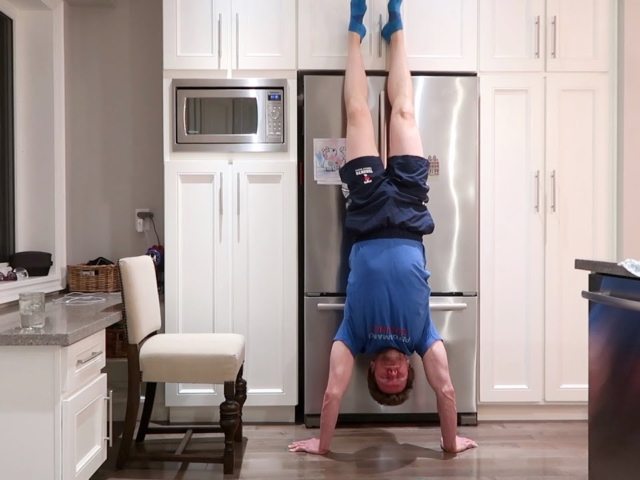In the fast-paced world we live in, finding time to hit the gym regularly can be a challenge. The rise of home fitness plans has become a savior for many, providing the convenience of working out in the comfort of your own space. However, the question often arises: how do you strike the right balance between cardio and strength training in your home fitness routine?
The Synergy of Cardiovascular and Strength Workouts
Understanding the Basics
Before diving into the nitty-gritty of creating a balanced home fitness plan, let’s grasp the fundamentals. Cardiovascular exercises, such as running, cycling, or jumping jacks, focus on elevating your heart rate and improving endurance. On the flip side, strength training involves activities like weight lifting or bodyweight exercises that target specific muscle groups to enhance strength and build lean muscle mass.
Benefits of Balancing Both
- Weight Management: Cardio burns calories and aids in weight loss, while strength training boosts metabolism, aiding in long-term weight management.
- Heart Health: Cardio workouts enhance cardiovascular health by improving circulation and reducing the risk of heart-related issues.
- Muscle Tone: Strength training sculpts and tones your muscles, providing a lean and defined physique.
- Holistic Fitness: Combining both ensures a comprehensive fitness approach, addressing endurance, strength, and overall well-being.
Crafting Your Home Fitness Plan
Assess Your Goals
Begin by defining your fitness objectives. Whether it’s shedding excess weight, building muscle, or improving overall health, understanding your goals is crucial in tailoring a personalized plan.
Weekly Schedule
Divide your week into dedicated cardio and strength training days. Aim for at least 150 minutes of moderate-intensity cardio or 75 minutes of vigorous cardio per week, along with two or more days of strength training.
Mix It Up
Variety is key to stave off boredom and engage different muscle groups. Incorporate a mix of cardio activities such as running, cycling, and high-intensity interval training (HIIT), along with strength exercises targeting major muscle groups.
Listen to Your Body
Pay attention to how your body responds to different workouts. Adjust the intensity and duration accordingly, ensuring you challenge yourself without risking injury.

Tips for Effective Home Workouts
- Invest in Basic Equipment: Resistance bands, dumbbells, and a yoga mat can go a long way in enhancing your home workout routine.
- Create a Dedicated Space: Designate a specific area in your home for workouts to establish a routine and create a focused environment.
- Stay Consistent: Consistency is key in any fitness journey. Stick to your schedule and make adjustments as needed.
Tracking Your Progress
Use a fitness journal or apps to monitor your progress. Track improvements in strength, endurance, and overall fitness to stay motivated and adjust your plan as you advance.
Conclusion
Balancing cardio and strength training in your home fitness plan is not just about physical health but also about holistic well-being. By combining the heart-pumping benefits of cardio with the muscle-building advantages of strength training, you create a well-rounded approach to achieving your fitness goals.
Remember, there is no one-size-fits-all solution. Tailor your home fitness plan to align with your personal preferences, fitness level, and objectives. With dedication and a balanced approach, your home can become the ultimate gym, promoting a healthier and happier lifestyle. If you want to find great tips and information about home exercise, hop over to here to learn more.










